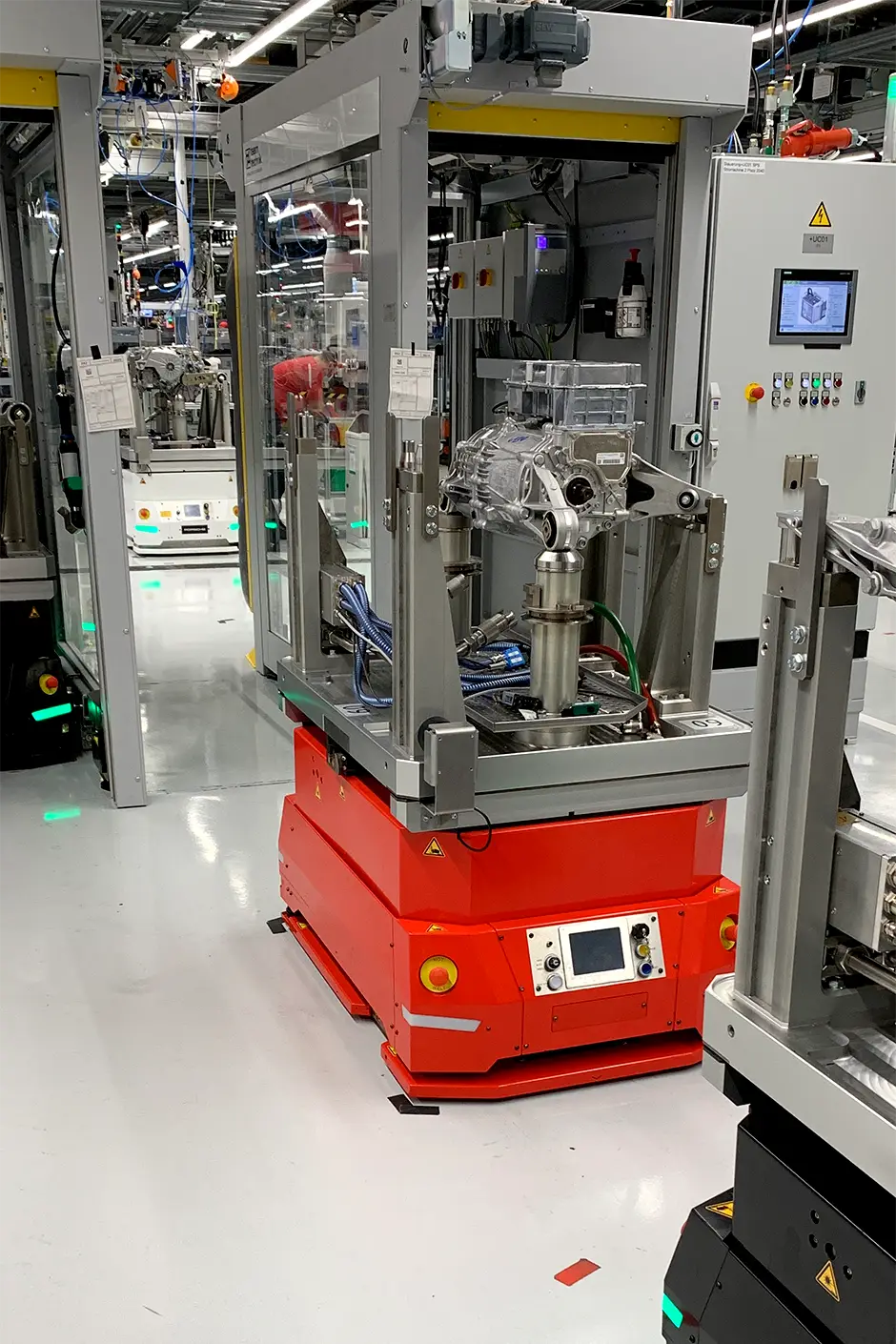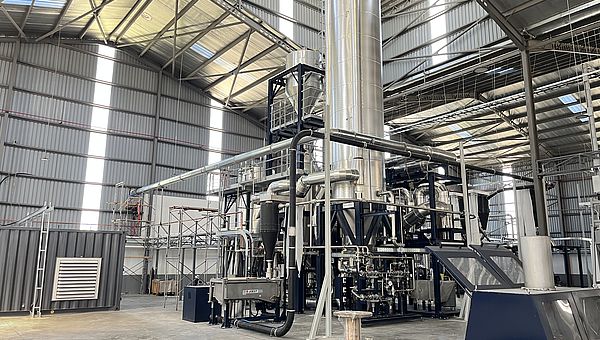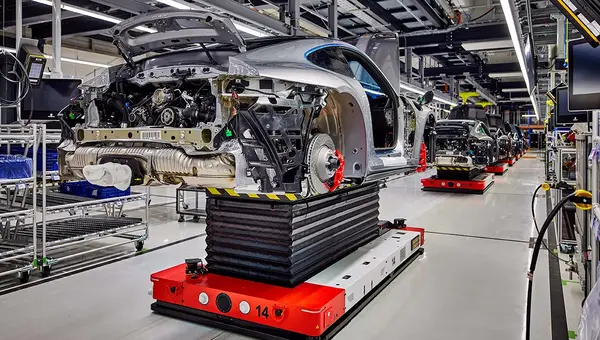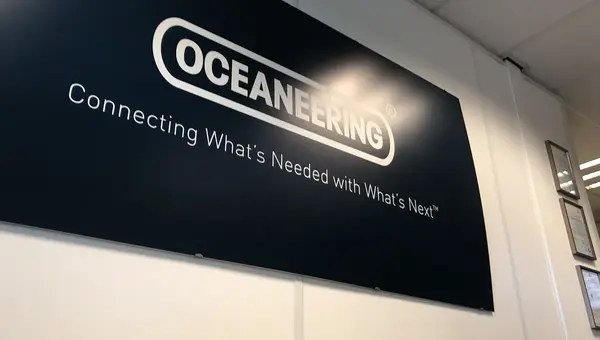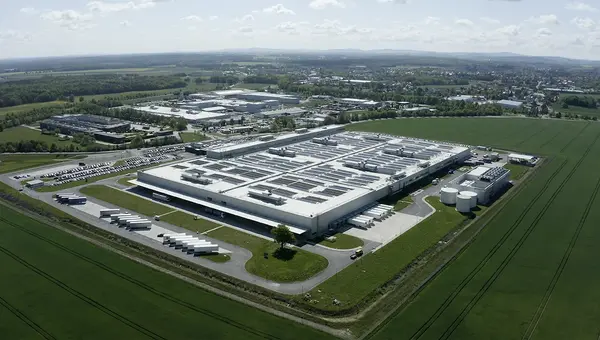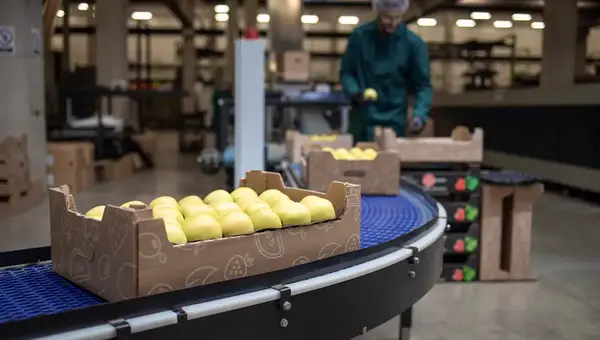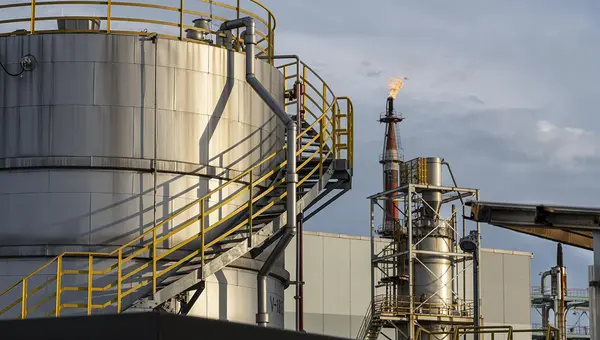Stuttgart, located in the German federal state of Baden-Württemberg, is internationally recognized as the cradle of high-performance automotive engineering. It is home to world-renowned sports car manufacturers such as Porsche and Mercedes-AMG. The region hosts an ecosystem of precision automotive suppliers and manufacturers that specialise in developing advanced technologies and solutions specifically tailored to the demands of manufacturers in this category—focusing entirely on the elite standards of performance, design, and manufacturing that define the sports car segment.
Unlike manufacturers of commercial vehicles, sports car producers operate in a fundamentally different space. No one needs a sports car—these are luxury products that serve as symbols of passion & pride. Their value is not derived from their cost, but from the desire to own one. Manufacturers of such sports cars understand this distinction, and channel it into every part of their operation. Their commitment to delivering perfection—across design, materials, performance, and user experience—is not an option but a strategic imperative. By continually raising the bar on what is considered technically and aesthetically possible, they ensure their place at the top of the market.
This pursuit of excellence does not end at internal development. It extends outward to every supplier and solution provider involved in their ecosystem. Suppliers must understand that they are not just delivering components or systems—they are contributing to a brand and product that stands for engineering superiority. High expectations, relentless attention to detail, and zero tolerance for mediocrity are part of the engagement. Any vendor working with such clients must align not only in capability, but in mindset, embracing the same culture of precision and performance before stepping into such partnerships.
In line with this commitment to innovation and excellence, Porsche inaugurated a state-of-the-art engine plant in 2016 at its Zuffenhausen headquarters, called Porsche Werk 4. Representing an investment of nearly €80 million, the facility was designed to become the brand new home for engine production at the Zuffenhausen site; capable of producing approximately 200 V8 engines daily. Only about a year after its completion, with the rising popularity of electric vehicles, Porsche decided to expand the use of the facility to include the production of its new electric drivetrains. They began this effort by installing a test production line to explore the feasibility of fully automating the assembly of electric drivetrains using only robotic systems, developed in preparation for ramping up production ahead of the Taycan model's launch in 2019.
Objectives
The Werk 4 facility marked a major milestone in Porsche’s pursuit of full automation in electric drivetrain manufacturing. As part of this initiative, the test production line was equipped with four fully automated test benches capable of executing EOL (End-of-Line) performance testing on electric drivetrains. Porsche opted to include a custom AGV solution, as part of their order for the automatic test benches. The AGVs required to be compact vehicles designed to carry electric drivetrains directly into the test benches and hand them over to the cells for testing. The same level of precision was required for retrieving the tested electric drivetrains from the opposite side of the test benches, ensuring flawless handovers in both directions. This choreography demanded extreme accuracy—not only in the AGVs’ navigation and positioning to less than 1 cm error margin, but also in aligning the payload trays with the test benches to a tolerance of no more than 1 mm in all 3-axis, enabling safe and repeatable push-pull transfer of the electric drivetrains. The project objective was to commission an AGV solution capable of extreme engineering precision in driving, lifting, and in-place pivoting, powered by batteries supporting high-amperage charging to reduce vehicle downtime to only four minutes per discharge cycle.
A fleet of about 30 vehicles (initially only 10 plus 1 reserve vehicle) were to transport all electric drivetrains through a series of 22 fully and semi-automated stations, including four parallel EOL test benches, situated in a tight area of approximately 45 meters by 12 meters. The system was meant to be operational across three production shifts running continuously over a 24-hour period, meeting total system availability of not less than 99%.
